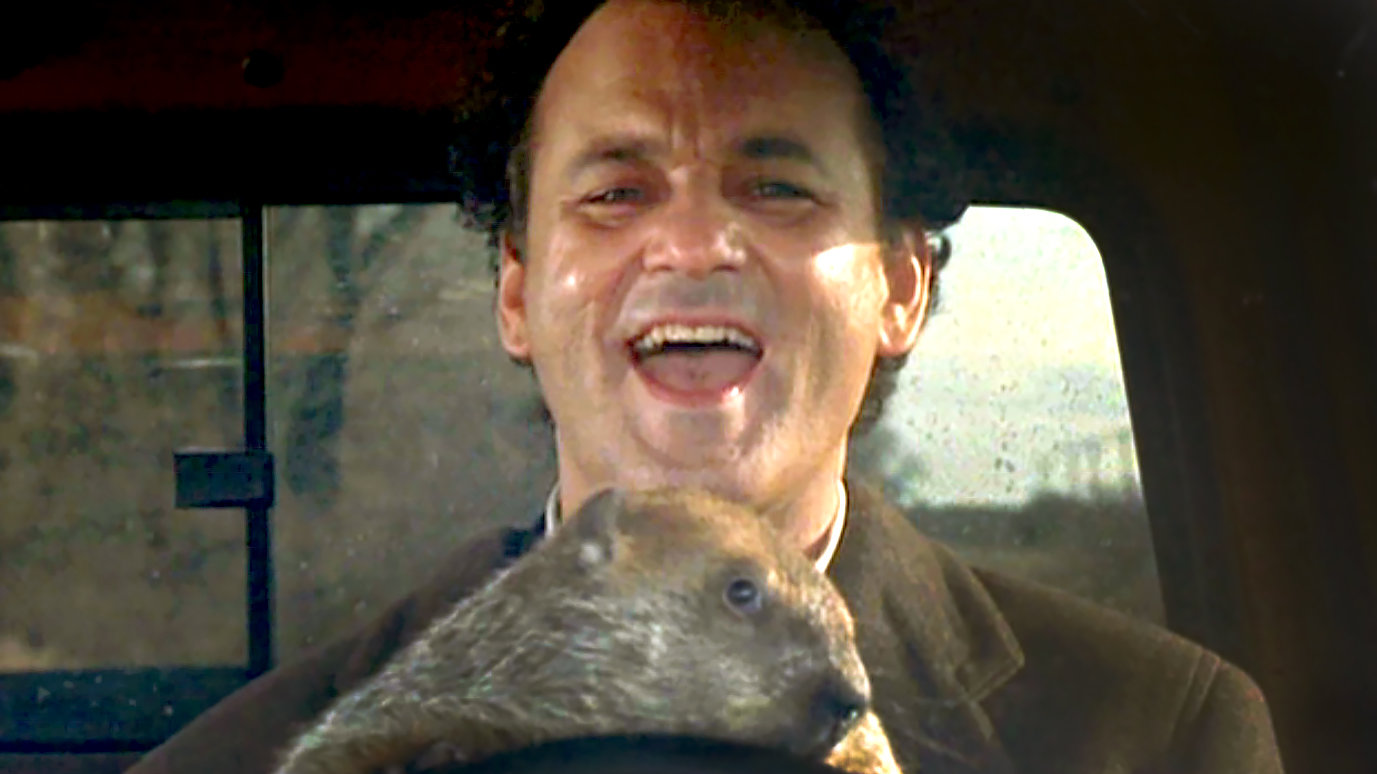Sport, Humour and Restless Minds
You would have thought that by now we would have come up with the perfect solution to almost everything we do. Why don’t we say “that works well enough, let’s leave it forever like that!”. So, why is it that we are never satisfied and always restless? Why do we constantly seek novelty and change? What is it that drives us to disturb and disrupt what already works?
The simple answer is we can’t help ourselves, something hard-wired in our brains, relentlessly pushes us to innovate, to change and to create. Our brain strives to incorporate new facts into its model of the world. It seeks novelty. And on the other hand, it seeks efficiency.
Our brains are hardwired to find patterns and connections and to distil those sequences into meaningful stories that form our mental models of the world outside. We begin to form our patterns from the moment we are born (and possibly even before that). The wiring of our brains and the openness of our minds in early life mean we absorb vast amounts of information and stimuli and we thread them together into meaningful patterns and connections that begin to shape the way we absorb new information and our attitude to it.
Now, one of the reasons we like to form these patterns, many of which become automatic behaviours, is to save energy. For the average adult in a resting state, the brain consumes about 20 percent of the body’s energy. Most of what it does is done on autopilot. The brain’s primary function — processing and transmitting information through electrical signals — is very, very expensive in terms of energy use. If we had to consciously think about every single thing we did, we would be paralyzed and overwhelmed. So, we form “habits” and shift mundane tasks (although some are not so mundane) to the automatic department.
The brain doesn’t have a reserve of energy to store away for when it needs it. Unlike muscles, which can store excess carbohydrates, the brain needs to be constantly supplied with oxygen and energy in order to run properly. Thinking consciously is highly consumptive of energy.
That’s why you probably towel yourself after a shower in the same way every day. It’s why you brush your teeth in the same sequence every day. It saves mental energy.
Think about how difficult it was when you first learnt to drive where you had to pay attention to everything around you, yet most of us learn to drive and then only think about it when something unusual happens (unless you fell asleep).
Behaviours we repeat become habits. The more familiar something is, the less neural energy we spend on it. Familiarity breeds indifference. This is a phenomenon known as repetition suppression. As our brains become accustomed to something it will display less and less of a response each time it sees it.
Part of the training for an athlete is to get to the level of mastery where the body knows what to do on autopilot and has been developed sufficiently so that it can perform at the highest level. Yet something else happens at this level of mastery, something that seems to disrupt this pattern and becomes creative.
When Federer plays a winning crosscourt volley, he doesn’t have time to think about it, he has to be it! He has to be in the moment, what Mihaly Csikszentmihalyi calls “flow”.
However, at a lower level of mastery (where most of us are), creative thinking is highly disruptive and often surprising. It takes a great deal of effort to interrupt the “normal”, predictable thinking patterns, habits and mental associations. Creative thinking is, by definition, disruptive thinking.
In the film “Groundhog Day”, where Bill Murray is forced to re-live the same day over and over again. His character realises that he can “tinker” (be creative) with the day to create a desired outcome, rather than re-living the same experiences day after day. He seeks a novel outcome.
The brain thrives on surprise and our reward systems are closely tied to the level of surprise. As David Eagleman says in his book “Runaway Species”, humour is structured this way…
“It’s never two guys who walk into a bar – it’s always three. Why? Because the first Guy sets things up, and the second guy establishes the pattern. This is the shortest possible path for the third guy to break the pattern by sidestepping the brain’s prediction. In other words, humour arises from the violation of expectations…The joke works because the brain always tries to predict, and the punchline knocks it off balance”
So, our brains on the one hand want to save energy by predicting the world and on the other hand, they seek the intoxication of surprise and novelty.




